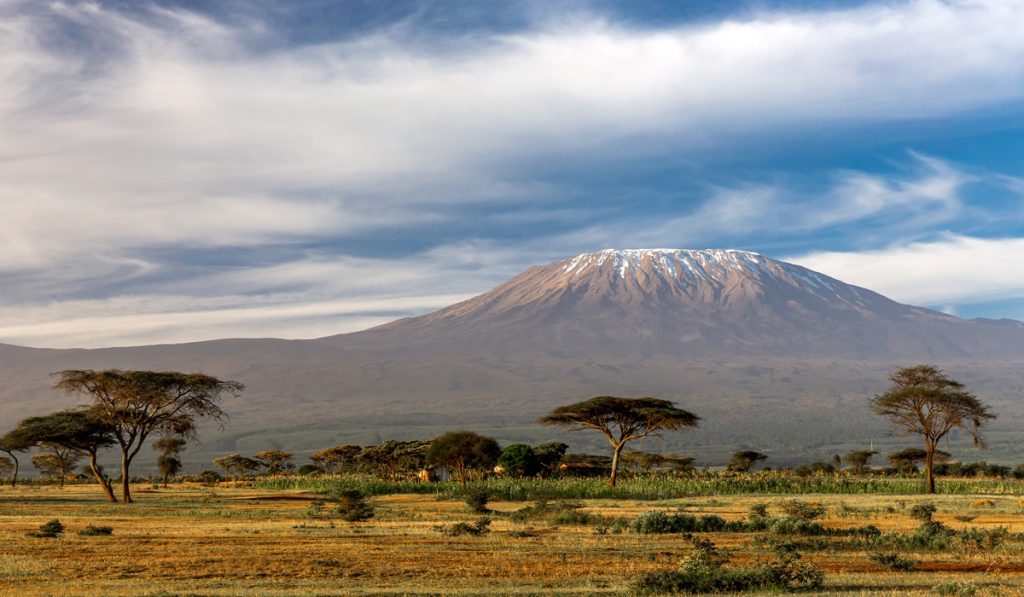Introduction
The how wide are the jaroconca mountain, a majestic range that has captivated explorers and geographers alike, stand as a testament to nature’s grandeur. Nestled in a remote region, these mountains are not just a geographical feature but a symbol of the Earth’s dynamic processes. This article delves into the various aspects of the Jaroconca Mountains, focusing on their width, geological significance, ecological diversity, and the cultural narratives that surround them.
Understanding Mountain Width – A Geographical Perspective
Defining Mountain Width
how wide are the jaroconca mountain width refers to the horizontal expanse of a mountain range, measured from one end to the other at its broadest point. This measurement is crucial for understanding the scale and impact of a mountain range on the surrounding environment. It influences climate patterns, biodiversity distribution, and human settlement.
Factors Influencing Mountain Width
Several factors determine the width of a mountain range:
Tectonic Activity: The movement of Earth’s plates can cause the crust to buckle and fold, leading to the formation of wide mountain ranges.
Erosion and Weathering: Over time, natural forces like wind, water, and ice can erode mountains, altering their width.
Geological Composition: The types of rocks and minerals present can affect how a mountain withstands erosion, influencing its width.
Measuring Mountain Width
Measuring the width of a mountain range involves:
Topographic Maps: These provide detailed information on elevation and terrain, allowing for accurate width measurements.
Satellite Imagery: Modern technology enables precise measurements using satellite data.
Field Surveys: On-the-ground measurements offer firsthand data, though they can be time-consuming and challenging in rugged terrains.
The Jaroconca Mountains – An Overview
Geographical Location
The how wide are the jaroconca mountain are located in a region characterized by diverse landscapes and rich cultural heritage. Their exact coordinates place them amidst a confluence of ecological zones, making them a hotspot for biodiversity.
Historical Significance
Historically, the how wide are the jaroconca mountain have served as natural barriers, influencing trade routes, migration patterns, and even military strategies. Ancient civilizations revered these mountains, attributing spiritual significance to their towering peaks.
Geological Formation
Formed millions of years ago, the Jaroconca Mountains are the result of complex geological processes, including:
Plate Tectonics: The collision and movement of tectonic plates gave rise to these mountains.
Volcanic Activity: Past volcanic eruptions contributed to the mountains’ current structure.
Glacial Movements: During the Ice Ages, glaciers sculpted the landscape, carving valleys and shaping peaks.
Measuring the Width of the Jaroconca Mountains
Methodologies Employed
To determine the width of the Jaroconca Mountains, researchers utilize:
Remote Sensing: Using satellite data to map the terrain and calculate distances.
Geographic Information Systems (GIS): This technology allows for the analysis and visualization of spatial data.
Field Expeditions: Teams traverse the mountains, recording measurements and observations.
Findings and Data
Recent studies indicate that the how wide are the jaroconca mountain span approximately 150 kilometers at their widest point. This measurement varies slightly depending on the specific segment of the range being analyzed.
Comparative Analysis
When compared to other mountain ranges:
Himalayas: Approximately 200-400 km wide.
Andes: Varies between 200-700 km.
Jaroconca: At 150 km, it is narrower but still significant in its regional context.

Ecological Diversity Across the Width
Flora Distribution
The width of the how wide are the jaroconca mountain encompasses various ecological zones:
Lower Slopes: Home to deciduous forests and diverse plant species.
Mid-Elevations: Coniferous forests dominate, with species adapted to cooler climates.
High Altitudes: Alpine meadows and hardy shrubs thrive in the harsh conditions.
Fauna Diversity
The range supports a plethora of wildlife:
Mammals: Including mountain goats, leopards, and bears.
Birds: Eagles, hawks, and numerous songbirds.
Insects and Reptiles: A variety of species adapted to different elevations.
Conservation Efforts
Due to its ecological significance, various conservation programs aim to protect the how wide are the jaroconca mountain biodiversity. These include:
Protected Areas: Establishing national parks and reserves.
Community Initiatives: Engaging local populations in sustainable practices.
Research Projects: Ongoing studies to monitor and preserve the ecosystem.
Human Interaction and Cultural Significance
Indigenous Communities
Several indigenous groups inhabit the Jaroconca Mountains, each with unique cultures and traditions. Their lifestyles are intricately linked to the mountain environment.
Economic Activities
The mountains support various economic activities:
Agriculture: Terrace farming on slopes.
Tourism: Trekking and cultural tourism.
Resource Extraction: Sustainable harvesting of forest products.
Myths and Legends
The Jaroconca Mountains are steeped in folklore. Tales of spirits, ancient heroes, and mythical creatures abound, reflecting the deep cultural connection to the landscape.
Challenges and Conservation
Environmental Threats
The how wide are the jaroconca mountain face several challenges:
Climate Change: Altering weather patterns and affecting ecosystems.
Deforestation: Due to logging and agricultural expansion.
Pollution: From human settlements and tourism.
Conservation Strategies
Efforts to mitigate these threats include:
Reforestation Projects: Planting native species to restore habitats.
Sustainable Tourism: Promoting eco-friendly travel practices.
Policy Implementation: Enforcing environmental protection laws.
Conclusion:
Understanding the width of the how wide are the jaroconca mountain offers insights into their ecological, geological, and cultural importance. It aids in planning conservation strategies, managing resources, and appreciating the intricate balance between nature and human activity. As we continue to study and explore these majestic mountains, it becomes imperative to foster a harmonious relationship that ensures their preservation for future generations.

